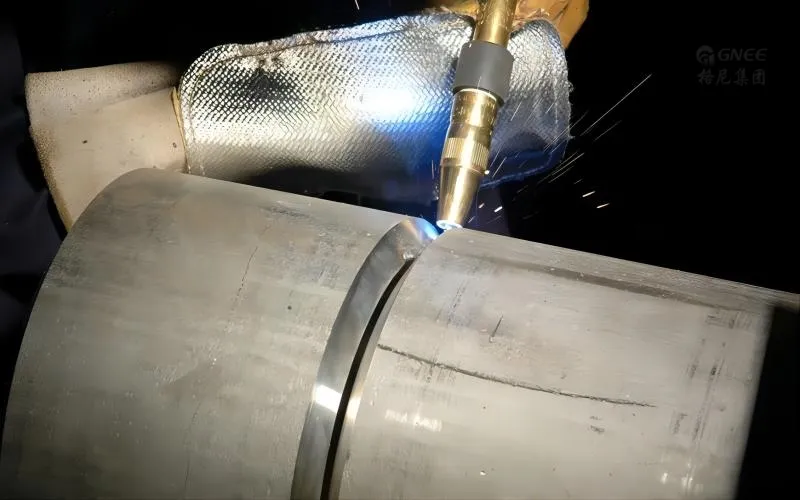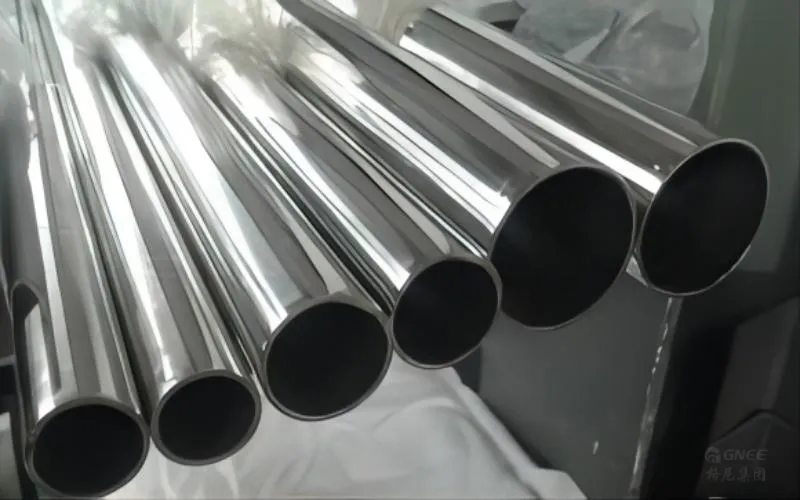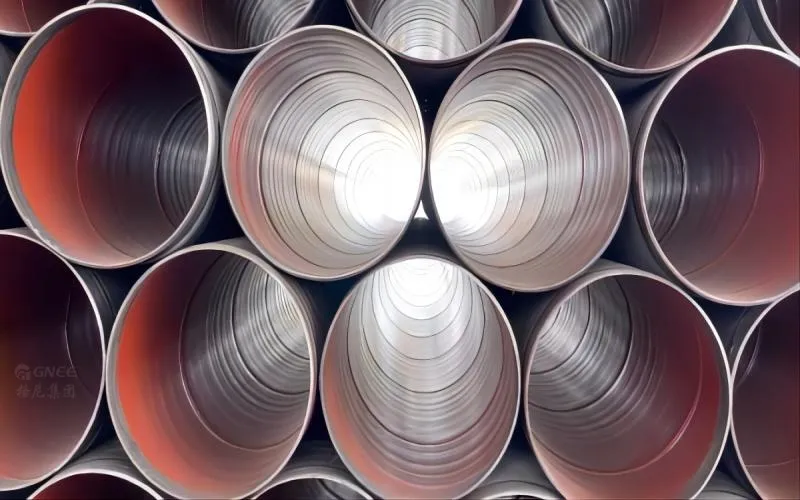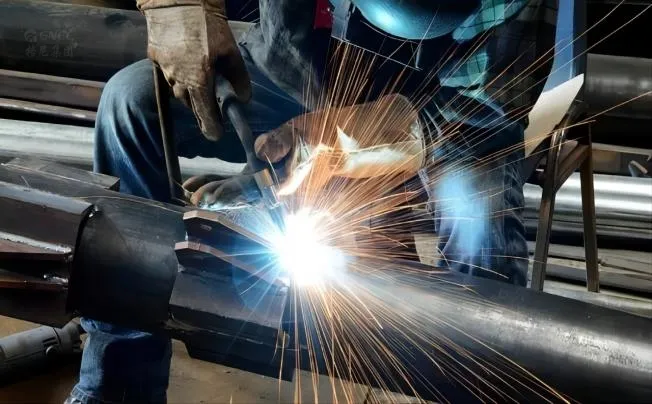Importance of Surface Treatment in Stainless Steel Welded Pipes
To guarantee the dependability and longevity of stainless steel welded pipes, surface treatment is essential. Stainless steel is reactive, which makes it vulnerable to corrosion in extreme conditions or around corrosive materials. Due to changes in microstructure and the precipitation of hazardous chemicals, welding creates heat-affected zones (HAZ) that are more susceptible to corrosion.
Furthermore, welds frequently have rough surfaces with lingering oxides, scale, or other impurities that not only detract from aesthetics but also serve as starting points for localized corrosion. Effective surface treatment removes these flaws, lowering the possibility of early failure and extending the performance and service life of welded pipes overall.

Surface Treatment Method of Stainless Steel Welded Pipe After Welding
1. Pickling and Passivation: Pickling is a chemical procedure that cleans the surface of stainless steel of impurities, scale, and discoloration. The welded pipe is submerged in an acid solution, such as nitric acid or a solution of nitric and hydrofluoric acid. On the other side, passivation is a procedure that increases the corrosion resistance of stainless steel by creating a barrier of protective oxide on the surface. It entails applying an oxidizing chemical, such as nitric acid or citric acid, to the pickled surface.
2. Mechanical Polishing: Abrasive materials, such as grinding wheels or polishing belts, are used in the mechanical polishing process to remove surface flaws and produce a smooth, shining finish. In ornamental applications where a high-quality surface finish is sought, this technique is frequently used.
3. Electropolishing: An electrochemical procedure called electropolishing removes a thin coating of material from stainless steel’s surface. The process involves applying an electric current while submerging the welded pipe in an electrolyte solution. By forming a passive surface layer, electropolishing not only smoothes out surface flaws but also increases stainless steel’s resistance to corrosion.
4. Brushing: Brushing is a mechanical surface treatment technique that involves removing surface impurities and producing a brushed or satin finish using stainless steel brushes or abrasive pads. Depending on the size and intricacy of the welded pipe, brushing can be done manually or using power tools.
5. Grinding and Sanding: These abrasive surface-treatment techniques are used to remove weld beads, smooth out uneven surfaces, and produce the desired surface finish. To get the desired outcome, these techniques are frequently employed in combination with other surface treatment techniques.
It is crucial to remember that the precise surface treatment procedure applied to stainless steel welded pipes after welding may change depending on elements including the application, desired surface finish, and the kind of stainless steel being utilized. It is advised to seek advice from professionals or adhere to accepted practices and standards in the industry when choosing the best surface treatment strategy for your unique needs.
Enhancing Welded Pipes’ Appearance and Corrosion Resistance
Surface treatment techniques greatly improve the aesthetic appeal and corrosion resistance displayed by stainless steel welded pipes. For applications where aesthetics are crucial, such as architectural structures or automobile components, the appearance aspect is especially relevant.
The smoothness and gloss of welded pipe surfaces can be customized for each purpose by manufacturers using mechanical processes like grinding, polishing, brushing, or buffing after fabrication. In addition to smoothing down sharp edges, these treatments enable higher light reflection, which improves aesthetic appeal.
On the other hand, chemical processes like pickling and passivation aid in restoring the passive layer that may have been damaged during welding on stainless steel surfaces. Passivation creates a protective coating of chromium-rich oxide while pickling eliminates oxide layers and impurities.
The welded pipes can endure hostile settings and corrosive media thanks to this oxide film’s function as a barrier against corrosive chemicals. The long-term performance of stainless steel welded pipes depends on surface treatment techniques.
Manufacturers can produce dependable, aesthetically pleasing products that excel in a variety of applications by eliminating corrosion vulnerability and improving appearance through mechanical and chemical processes. In the sections that follow, we delve into certain surface treatment techniques for stainless steel welded pipes, going through their guiding principles, uses, benefits, and considerations.

Considerations for Surface Treatment After Welding Stainless Steel
To achieve the best results, the technique of surface treatment after welding stainless steel pipes requires careful study. First and foremost, it’s crucial to define the precise specifications and performance standards for the finished product.
When choosing the best surface treatment procedure, considerations including the desired surface finish, corrosion resistance, and mechanical qualities should be made. Before using any treatment, the welded surfaces must also be thoroughly cleaned and prepared.
To maintain optimal adherence and efficacy of following treatments, this also entails eliminating any impurities like oil, grease, or weld spatter. For initial cleaning, mechanical techniques like grinding or brushing can be used, and chemical procedures like pickling or degreasing can be used to produce a spotless surface.
The potential influence of surface treatments on the total cost and manufacturing schedule should also be taken into account. Some techniques could need extra tools or specialized knowledge, which should be taken into account at the project planning stage.
Additionally, keeping sustainability practices inside industrial processes requires a grasp of the environmental effects connected with particular treatments. Manufacturers may make sure that their stainless steel welded pipes demonstrate excellent quality, durability, and aesthetic appeal while following industry standards by carefully examining these factors and choosing appropriate surface treatment processes depending on individual requirements.



